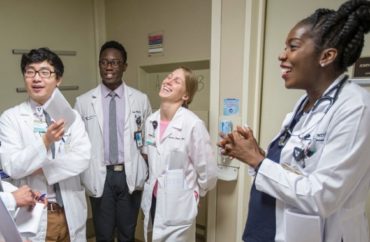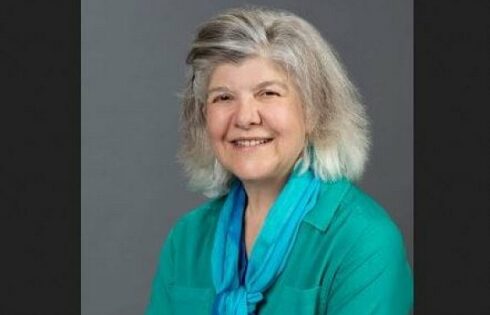
The project aims to ‘accelerate diversity, equity, inclusion and belonging in the biomedical research community’
Vanderbilt University and Vanderbilt University Medical Center will spend $17 million over the coming years to advance “diversity” within the faculty.
The initiative, funded in part by the National Institutes of Health, aims to “accelerate diversity, equity, inclusion and belonging in the biomedical research community,” according to an announcement from the VUMC Reporter, the in-house publication of the medical school’s media team.
“This is an incredible opportunity to partner with the NIH to expand the diversity of our biomedical faculty,” Jennifer Pietenpol, chief scientific and strategy officer at the medical center, stated in the news release.
Programs funded by the NIH grant include Vanderbilt Faculty Institutional Recruitment for Sustainable Transformation, or V-FIRST, which aims to increase the diversity of medical center research faculty, according to its website.
“Fostering inclusive environments in the biomedical research workforce ensures that the most creative minds have the opportunity to contribute to realizing our national research and health goals,” the website stated.
“Vanderbilt is foundationally committed to inclusive excellence, and the V-FIRST program puts us on a fast-track to being an example of how to evolve into a diverse, self-sustaining research community,” Consuelo Wilkins, professor of medicine and senior associate dean for health equity and inclusive excellence, told the VUMC Reporter.
The Fix emailed Wilkins on July 17 to ask why diversity is important in research and what kinds of people the program will seek to recruit, but she did not respond. The Fix reached out to two other individuals involved, Professor Alyssa Hasty and Cybele Raver, provost and vice chancellor for academic affairs with the same questions. Neither responded.
“Faculty from marginalized and historically excluded groups face many obstacles, and it is gratifying for the NIH to recognize and support solutions to overcoming these challenges,” Wilkins told the media outlet.
The Reporter noted that the university has increased the number of women in faculty positions to 50 percent over the last twenty years. However, “the racial diversity among research faculty remains low: 4% Black, 4% Latinx, 0.2% American Indian, and 0.1% Pacific Islander.”
Other recipients of FIRST awards from the NIH to boost faculty diversity include the University of Texas Southwestern Medical Center and the University of Michigan at Ann Arbor.
Still more medical schools recently have redoubled their commitment to DEI. The University at Buffalo Jacobs School of Medicine and Biomedical Sciences earned a high grade for diversity from the Association of American Medical Colleges last year by reconstructing its curriculum and policies to incorporate “anti-racist” principles, The Fix reported.
IMAGE: Vanderbilt University Medical Center
Like The College Fix on Facebook / Follow us on Twitter





Please join the conversation about our stories on Facebook, Twitter, Instagram, Reddit, MeWe, Rumble, Gab, Minds and Gettr.